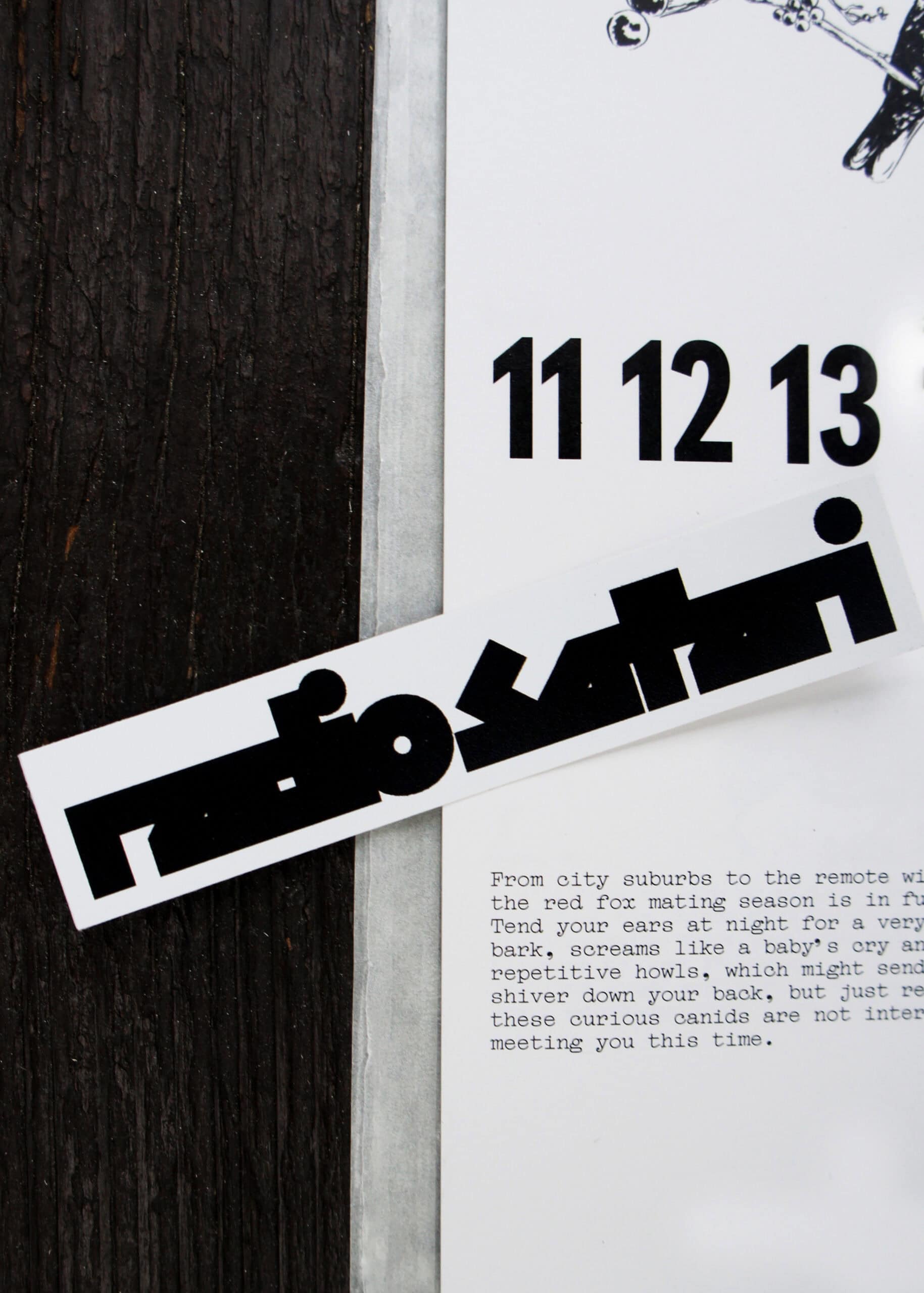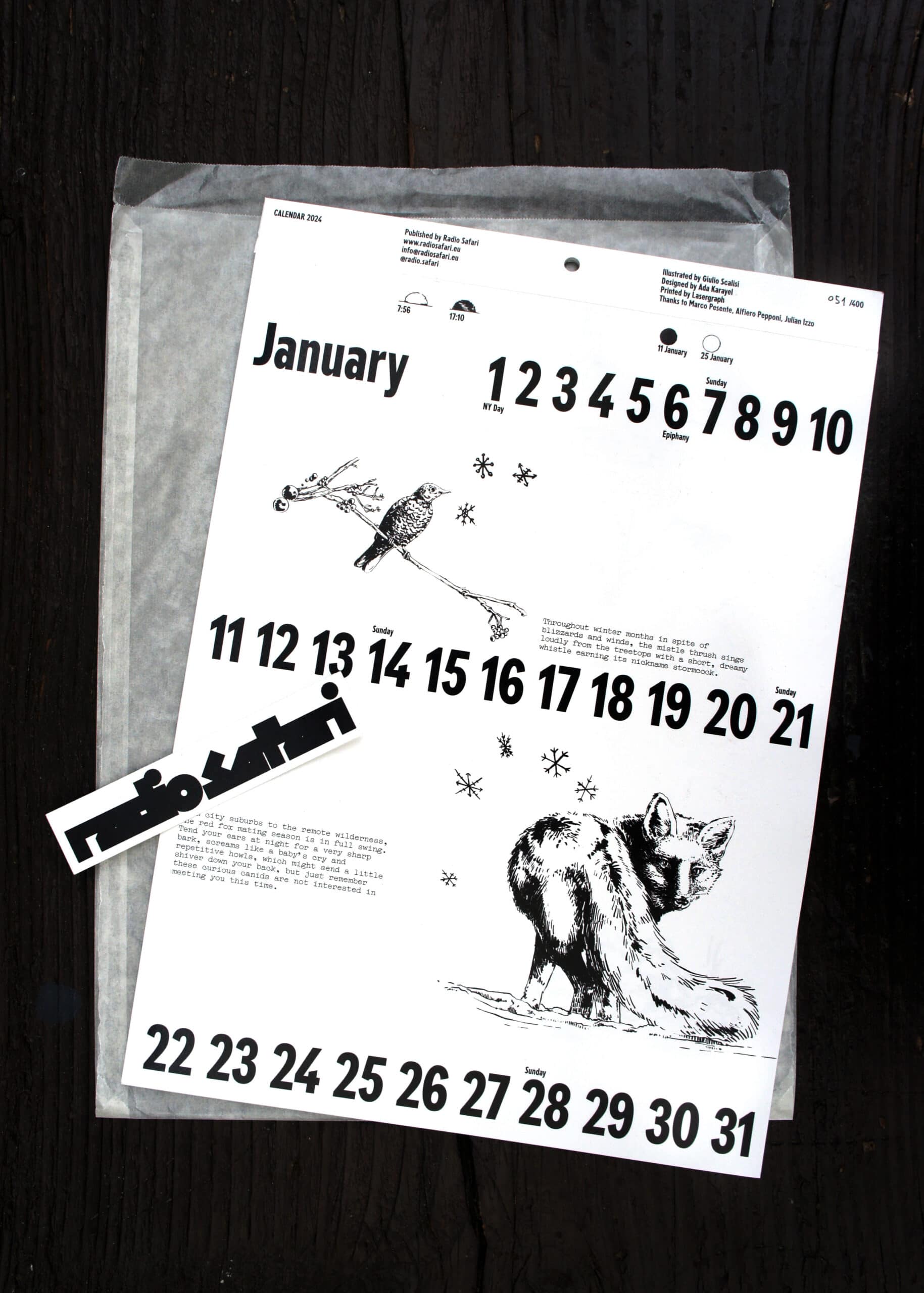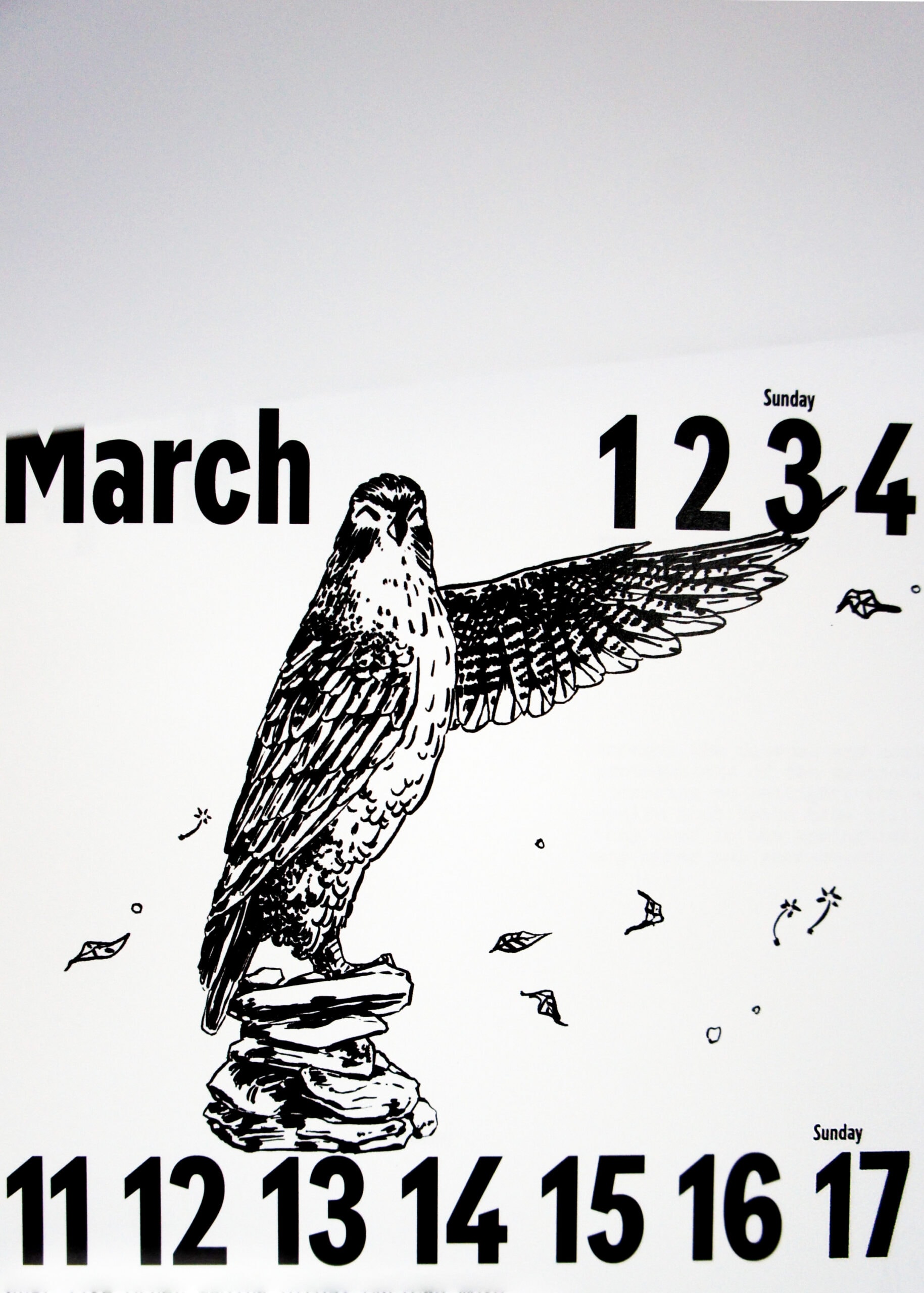Radio Safari is an audio documentary series about animals and what, of animals, we hear. In each episode, they go exploring special places, discovering the sounds of the animals that inhabit them. Why from an evolutionary and anatomical point of view does an animal make that sound? What purpose does sound serve for that species? How does language develop outside of homo sapiens?
C41: What is your approach to radio broadcasting nowadays?
Niccolò Tramontana: These past few years since the pandemic, when Radio Safari actually started, we’ve seen a massive transformation in the way people use and consume media and art, and the podcast format went from having a niche target to the masses. I think radio and podcasts are great ways to learn about new things, therefore we thought why not learn about animals and their sounds?
C41: What’s the story of Radio Safari?
NT: Radio Safari, which is me and Chiara Ryan Izzo, began during the pandemic as a monthly episode for Radio Quartiere, a collective of friends making the most of streaming platforms to foster social relations and a sense of community. The idea was to share something we were exploring even if homebound and during that time we felt so overwhelmed with music mixes, DJ sets, etc, that we thought someone might enjoy listening to something a little different. We started listening to and talking about wildlife sounds, discovering this new world of sound with the audience as we searched the web for new material to share. It soon became clear to us that Radio Safari was also a new approach to both sound and ecology, and we found our mission: to get our friends and anyone else listening to empathise with biodiversity through this medium and get them to care about these species’ fate as much as we do.
C41: How has it evolved?
NT: The above-mentioned thoughts about the purpose of Radio Safari soon became the starting point to expand the area of our research to any form of expression that we could use: sound walks, deep listening workshops, audio installations (always interacting with the audience), collaborations with other artists in various performances, online projects. The simple idea that we have to re-discover the world around us through our ears and a little bit of curiosity and that this exercise will bring a new ecological consciousness can apply to basically anything, hence our recent endeavor with printed media, the Radio Safari Calendar.
C41: Where does Radio Safari travel? Which platforms are you using?
NT: When the first wave of the pandemic ended in May 2020, Radio Quartiere ended its transmissions as its mission was to fill the gaps of social distancing. For us, this meant we had to continue the series on our own. We tried with an experiment: growing without having to rely on Tech Giants platforms, or even Google services, except for an Instagram account. With this in mind, we created a community of listeners using a monthly newsletter with tales from our sonic explorations and links to our Soundcloud profile where you could listen to our podcasts. All of this can sound a bit convoluted but it worked and created a little but very active crowd of passionate listeners: for audio pieces that are 20 to 30mins long, thinking that we had to adapt to a binge-scrolling society with something different was just not going to work. Still, things evolve so we might eventually open ourselves to other platforms for the sake of Radio Safari’s healthy growth.
C41: What’s this new calendar you’ve recently dropped?
NT: The calendar is our first step – maybe the last, maybe the first of many – in publishing. During the past two or three years of hikes and recording expeditions, we realized that the wildlife sounds we experience change continuously with the passing of every month during the year, like the explosion of birdsongs we are all familiar with in spring, but then also the emergence of crickets and cicadas in the height of summer, the impressive red deer bellows that you can hear during their rut from mid-September, and so on. We thought that having a guide or a calendar that highlights this yearly palimpsest could be both useful and joyful for nerds like us. When we didn’t find any dedicated publication, let alone a calendar, we thought about doing it ourselves, and that this could be fun also for people into biology, who may use it as any other calendar, with the added layer that it could drive a little curiosity towards the sonic world of nature: which is exactly the aim of all Radio Safari projects. We partnered with Ada Karayel for the art direction and she brought in the artist and illustrator Giulio Scalisi, who made the incredibly beautiful drawings of some species mentioned in the calendar. We’re very proud of the final result, and we love the fact that we worked on something that is not only an expression of Radio Safari, a piece of art or an entertaining feat, but an object that is functional and practical, a few sheets of paper that will stay with you for twelve months and you can keep even longer if you want, and this makes the calendar sustainable in many ways.
C41: Anything we should expect from Radio Safari for the year coming? If you could tell, of course
NT: Today, Radio Safari is returning after a long sleep after the end of the pandemic, as there has been little time left for podcast production once we returned to our full-time jobs. Whilst you are reading this the first of the new podcast series could already be online, and you can join us by simply subscribing to www.radiosafari.eu and then receiving the newsletter in your email. Radio Safari Calendar 2024 was the perfect way of getting back at work and we’re sure that our explorations will bring us to new and exciting territories this year.




